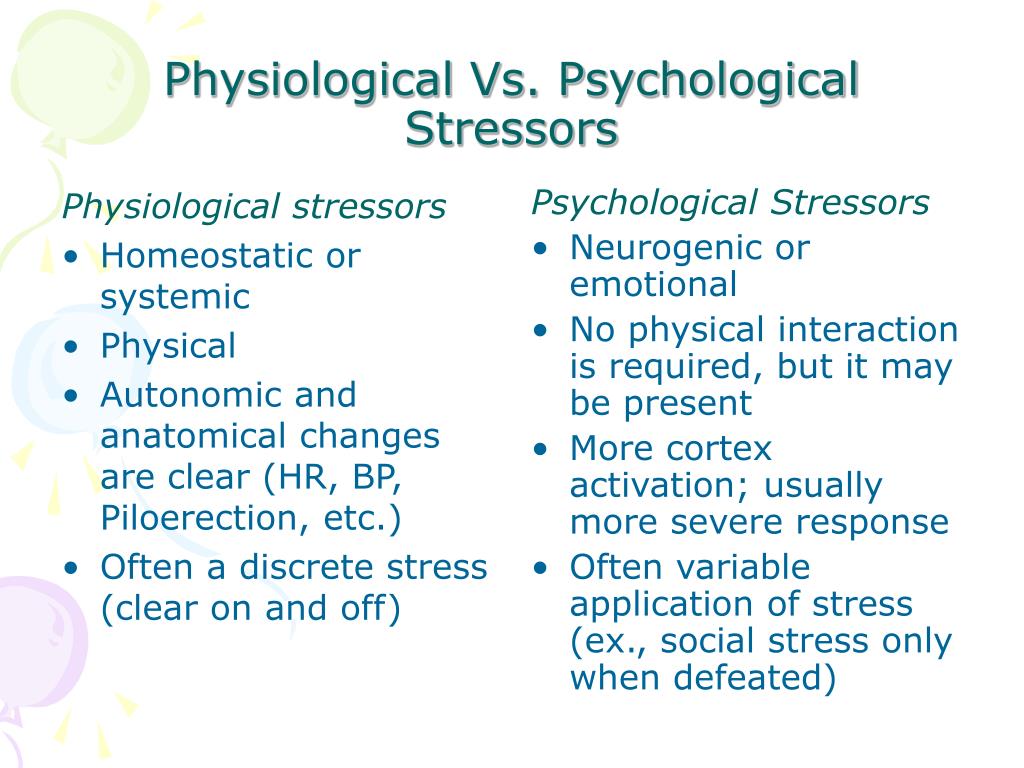

We discuss molecular mechanisms associated with features of cardiac hypertrophy, including protein synthesis, sarcomeric organization, fibrosis, cell death and energy metabolism and provide a summary of profiling studies that have examined genes, microRNAs and proteins that are differentially expressed in models of pathological and physiological hypertrophy. In particular, we focus on signaling pathways that play a causal role in the development of pathological and physiological hypertrophy. This review summarizes key experimental findings that have contributed to our understanding of pathological and physiological heart growth. Given that there are clear functional, structural, metabolic and molecular differences between pathological and physiological hypertrophy, a key question in cardiovascular medicine is whether mechanisms responsible for enhancing function of the athlete's heart can be exploited to benefit patients with pathological hypertrophy and heart failure. no fibrosis or apoptosis) and normal or enhanced cardiac function. the 'athlete's heart') is reversible and is characterized by normal cardiac morphology (i.e. In contrast, physiological cardiac hypertrophy (heart growth that occurs in response to chronic exercise training, i.e. Pathological hypertrophy is associated with increased interstitial fibrosis, cell death and cardiac dysfunction. hypertension) is a key risk factor for heart failure. Pathological cardiac hypertrophy (heart growth that occurs in settings of disease, e.g. Cardiac hypertrophy can be defined as an increase in heart mass.


 0 kommentar(er)
0 kommentar(er)
